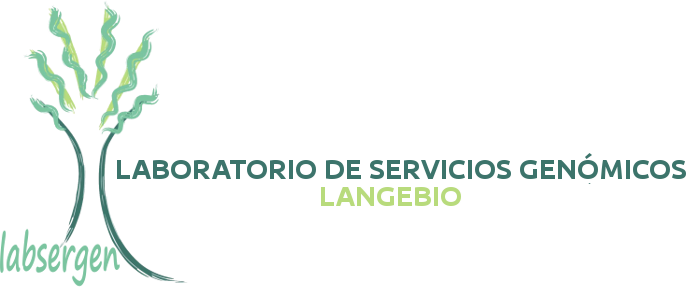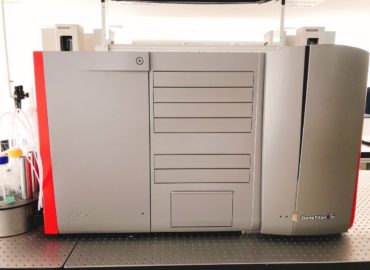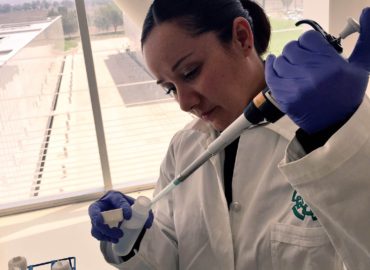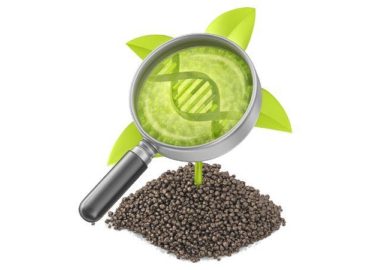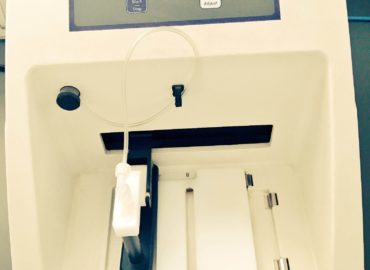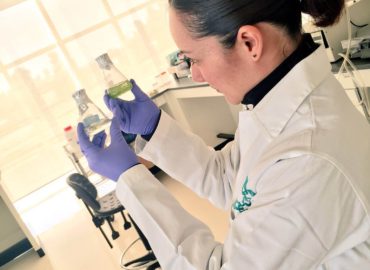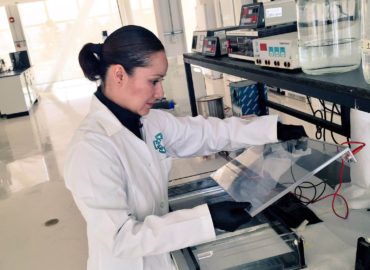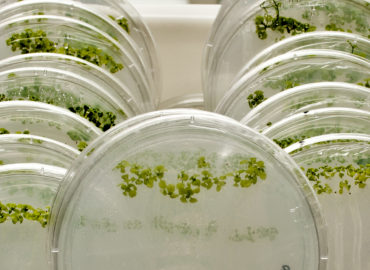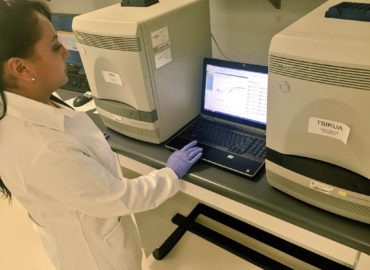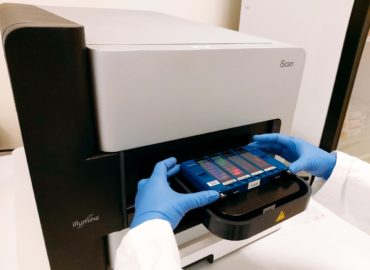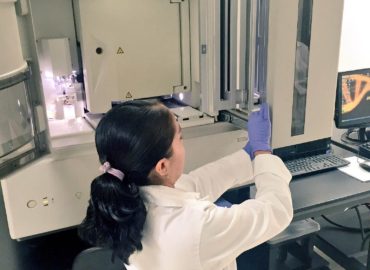Service Information
The GBS (Genotyping by Sequencing) procedure can be performed using next-generation sequencing platforms for large-diversity species and large genomes.
In the sample preparation process, a restriction enzyme fractionation is carried out, in order to be left with a percentage of the fractionated genome to sequence only the reduced genome, but in a reproducible way, in order to sequence the same fraction of the genome, but in different samples of the same species. This simple, fast, extremely specific and highly reproducible approach can greatly simplify alignment problems that are computationally challenging in species with high levels of genetic diversity.
The technique allows you to work samples that do not have a reference genome since it is only necessary to develop a reference map around the restriction sites.
One of the applications of the GBS technique is the conservation of species and the global explorations of these, as well as the analysis of populations at a much lower cost.
Service features
-
A. Analysis of simulation coverage with Genome Reference, useful for making a decision on the number of reads and size of the reads to be sequenced.
Average Read Size vs. Reads Read vs. Coverage Size 

-
Sample preparation and sequencing
-
Delivery of results report and fastq files.
-
In case the user requests some type of bioinformatic analysis, the report and results of the analysis will be delivered.
Note: The laboratory offers bioinformatic analysis services
Sample Requirements
-
The user must define the number of reads required, the size of the inserts to be sequenced, the percentage of the genome to be sequenced, the depth and format of the run.
-
Deliver 0.5 to 1 μg genomic DNA, diluted in water, whole, clean, and at a concentration of not less than 50 ng / μl or the lyophilized sample may be sent.
-
The user must provide evidence that the DO 260/280 ratio is at least 1.8.
-
Include photograph or graphic that shows the quality and integrity of the sample, as well as the photo of a gel.
Note: Any contamination in the sample will be reflected in the quality and / or performance of the results or it may inhibit the initial reactions of the process which would not allow obtaining the library.
Delivery of Results
All information will be sent to the customer through our results delivery web site, with a user code and password:
Data to be delivered :
-
Report in pdf format indicating the process that was followed with the samples and their respective Identifiers.
-
File in fastq format. includes readings (reads) and their qualities defined based on the quality standard Phred, with a quality average above 20.
-
Files in accordance with the Bioinformatics analysis, if requested.
-
Bioinformatics Analysis for GBS:
-
Formation of clusters or consensus sequences aligned to the reference.
-
Formation of clusters or consensus sequences without the use of reference.
-
SNPs detection.
-
Analysis of phylogenetic trees.
-
Principal Components Analysis (PCA).
-
Analysis of the structure of the population.
Formats
Costs
-
Cost of GBS Library alone using enzymes Bgl II + Dde I
>Number of GBS LibrariesCost per Library (Dls.)1 a 4 512.00 5 a 9 128.50 10 a 19 81.00 20 a 24 57.00 25 a 29 52.00 30 a 34 49.00 35 a 39 46.50 40 a 44 44.50 45 a 49 43.50 50 a 54 42.00 55 a 59 41.50 60 a 64 41.00 65 a 69 40.00 70 a 74 39.50 75 a 79 39.00 80 a 84 39.00 85 a 89 38.00 90 ss 38.00 -
Sequencing Costs
-
Depending on the size of the Read and the number of Reads required, you can select the appropriate sequencing platform, in the Synthesis Sequencing tab (NGS) you will find options.
-
If you require support for Read size calculations and Read quantity, please contact us.
